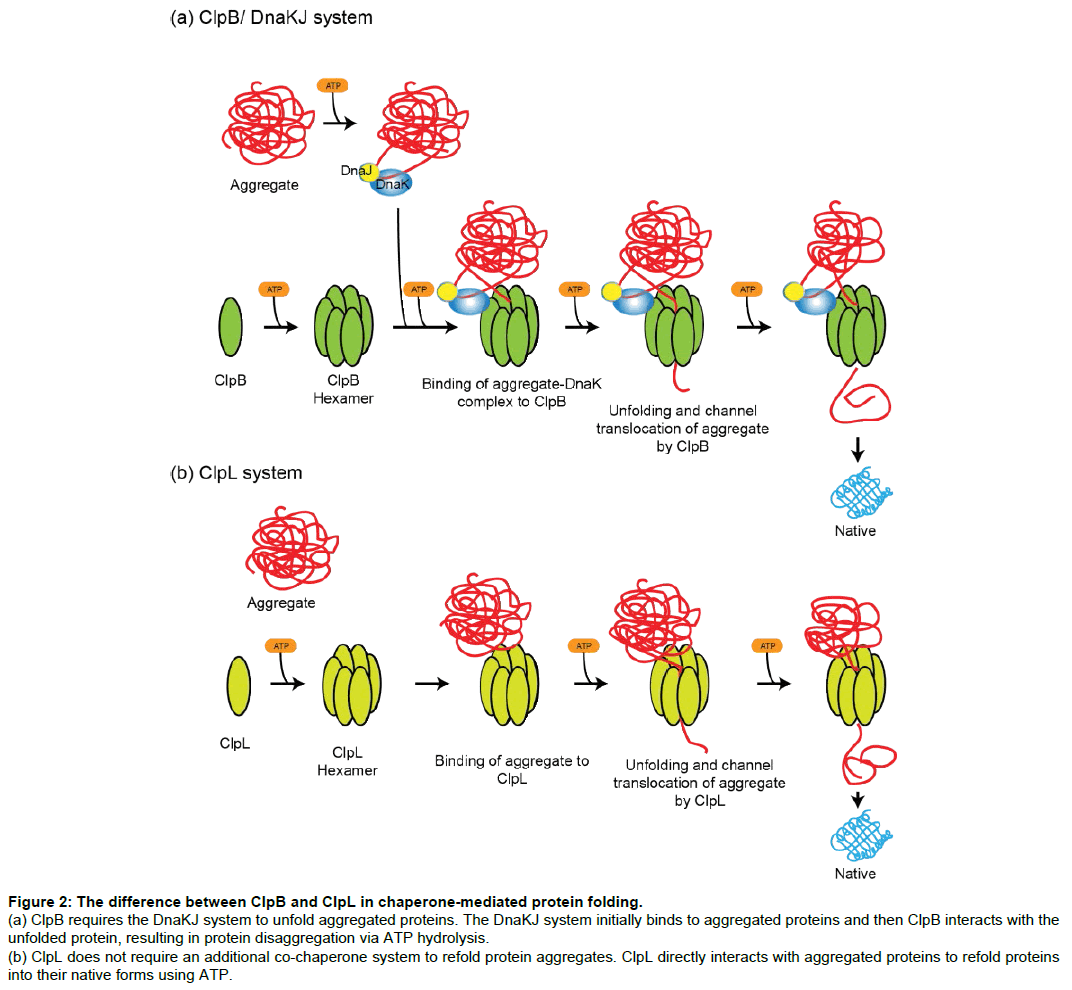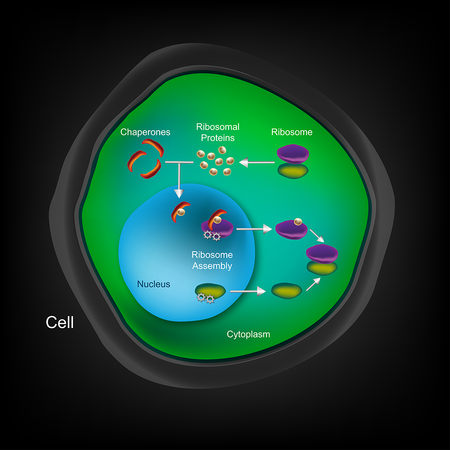

The Sigma-1 receptor shares no amino acid sequence homology with any other mammalian proteins. Sigma receptor might also move from the MAM to the nucleus membrane to interact with nucleus factors and regulate gene transcription ( Tsai et al., 2015). Upon stimulation, Sigma receptors translocate from the MAM to the PM, where Sigma receptors interact with many receptors and ion channels ( Su et al., 2016). Sigma receptors localize mainly at the mitochondria-associated endoplasmic reticulum (ER) membrane (MAM) ( Hayashi and Su, 2007) and in some plasma membranes (PM) ( Mavlyutov and Ruoho, 2007 Mavlyutov et al., 2010). Whereas Sigma-2 receptor is involved in cancers and AD, Sigma-2 receptor antagonists block the memory impairments in AD ( Abate et al., 2018). Sigma-1 receptor plays very important roles in many CNS diseases such as Major Depressive Disorder (MDD), Parkinson’s disease (PD), and Alzheimer’s disease (AD) ( Penke et al., 2018). They can bind many unrelated and structurally diverse ligands and are involved in many cellular functions. It is well accepted that Sigma receptors are non-G protein-coupled receptors (non-GPCRs) they are intracellular chaperone proteins ( Penke et al., 2018). In recent years, significant progress has been made in our understanding of roles of the Sigma-1 receptors in normal and pathological conditions, but more studies are still required for the Sigma-2 receptor due to the lack of suitable research tools ( Kourrich et al., 2012 Su et al., 2016). While the Sigma-1 receptor was cloned many years ago, the identity of Sigma-2 receptor still remains uncertain, although several candidates have been proposed ( Rousseaux and Greene, 2016). Two Sigma receptor subtypes, Sigma-1 receptor and Sigma-2 receptor, have been identified according to their different binding profiles and molecule weights ( Penke et al., 2018). Sigma receptors are abundant in the central nervous system (CNS) they are expressed in the hippocampus, cerebellum, basal ganglia, and spinal cord ( Bouchard and Quirion, 1997 Seth et al., 2001).

Later, researchers realized that they were totally different receptors ( Kourrich et al., 2012 Su et al., 2016). Sigma receptors were mistakenly categorized as one kind of the opioid receptors because they had high-affinity binding sites for SKF-10047, which is a classic opioid receptor ligand ( Kourrich et al., 2012 Su et al., 2016). The Introduction of Sigma Receptors Sigma Receptors Evidences about the involvement of Sigma-1 receptors in Parkinson’s disease (PD) and Major Depressive Disorder (MDD) are also presented, indicating Sigma-1 receptors might be promising targets for pharmacologically treating PD and MDD. Moreover, the activation of Sigma receptors protects neurons from death via the modulation of ER stress, neuroinflammation, and Ca 2+ homeostasis.

They are also involved in synaptic plasticity and learning and memory. They can modulate the activity of many ion channels including voltage-dependent ion channels including Ca 2+, Na +, K + channels and NMDAR, thus affecting neuronal excitability and synaptic activity. The physiological roles of Sigma-1 receptors in the CNS are discussed. In recent years, significant progress has been made in our understanding of roles of the Sigma-1 receptors in normal and pathological conditions, but more studies are still required for the Sigma-2 receptors. Sigma-1 receptors also directly bind many proteins including G protein-coupled receptors (GPCRs) and ion channels. Sigma-1 receptor shows high affinity for many unrelated and structurally diverse ligands, but the mechanism for this diverse drug receptor interaction remains unknown. Sigma-1 receptor could interact with itself to form oligomers, its oligomerization states affect its ability to interact with client proteins including ion channels and BiP. Upon stimulation, they translocate from MAM to plasma membrane (PM) and nucleus, where they interact with many proteins and ion channels. Sigma-1 receptors localize mainly at the mitochondria-associated endoplasmic reticulum (ER) membrane (MAM). They are intracellular chaperone proteins. Sigma receptors, including Sigma-1 receptors and Sigma-2 receptors, are highly expressed in the CNS. 2State Key Laboratory of Advanced Technology for Materials Synthesis and Processing, Wuhan University of Technology, Wuhan, China.1School of Chemistry, Chemical Engineering and Life Science, Wuhan University of Technology, Wuhan, China.Kai Yang 1 * Changcai Wang 1 Taolei Sun 1,2 *


 0 kommentar(er)
0 kommentar(er)
